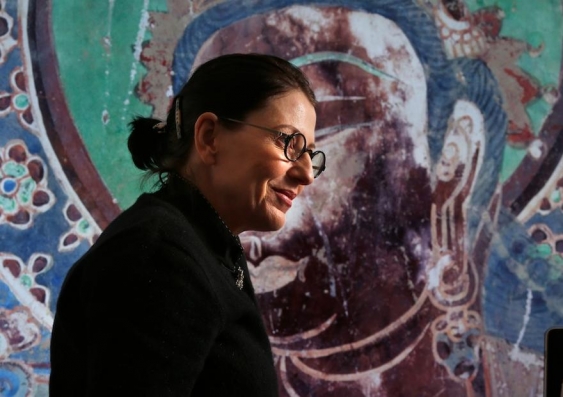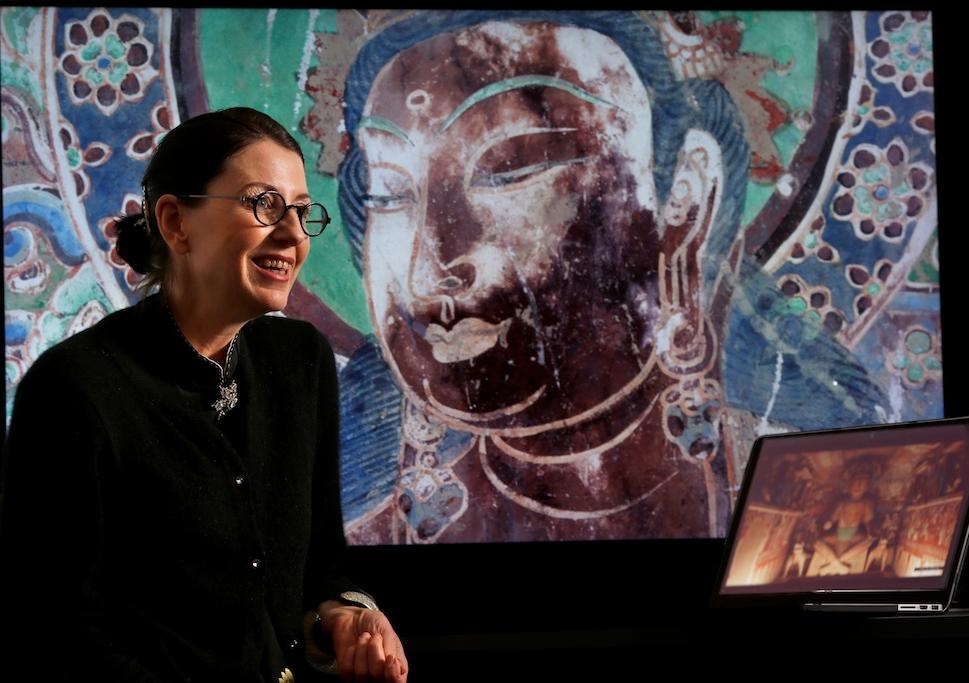Welcome to the museum of the future: immersive, high-tech and compelling
Sarah Kenderdine tells Uniken how technological advances, like high-resolution 2D and 3D imaging, are transforming the museum experience.
Sarah Kenderdine tells Uniken how technological advances, like high-resolution 2D and 3D imaging, are transforming the museum experience.

A woman enters an exhibition space that looks as if someone obsessed with triangles has covered it in graffiti.
She holds a small tablet computer towards the wall and on its screen the geometric shapes transform into an image of three faded Buddhas.
It’s as if she is peering into an ancient gallery: the Buddhas are briefly infused with fresh colour, demonstrating how the picture might have looked 100 years ago, and then fade again as the woman passes her “window” across the wall.
Welcome to the museum experience of the future: immersive, interactive, high-tech and compelling.
The installation is Pure Land: Augmented Reality Edition, a digital representation of Cave 220, one of the 492 World Heritage–listed, mural-covered caves at Dunhuang, in China. The virtual representation is life size and relies on digital-laser scanning and ultra-highresolution photography.
Pure Land, along with its sister production – a 360-degree, 3D, animated installation that offers an even more immersive experience – was devised by Professor Sarah Kenderdine from UNSW’s National Institute for Experimental Arts.
She and her team lead the world in the field of interactive and immersive experiences for museums and galleries, and Kenderdine knows her way around some of the most advanced imaging gadgetry on the planet.
Read the full story in Uniken.
Read the Sydney Morning Herald article.

Preserving history - Professor Sarah Kenderdine with a high resolution detail from one of China's Dunhuang Caves. Photo: Quentin Jones